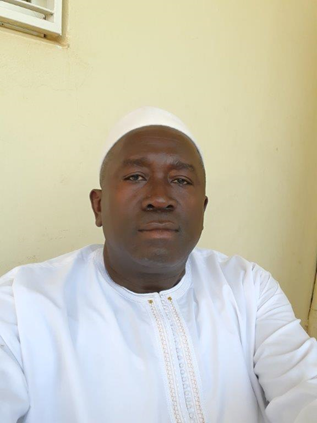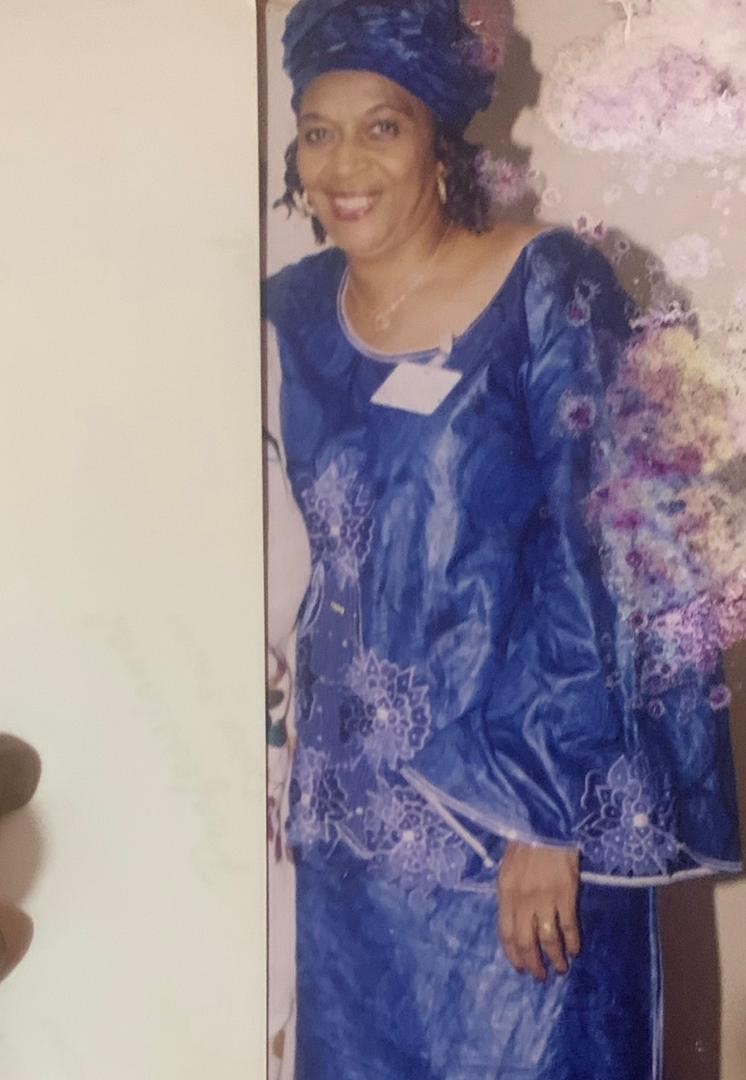BY YAYA DUWA SANYANG
I have been lucky to have opportunities for a few years to work on epidemics and outbreaks in a number of African countries. An epidemic is now threatening my own country. I have an opinion. This is my take.
Each infectious diseases outbreak presents unique situations. COVID-19 is presenting new challenges at many levels. A few preambles that may be helpful in the current response:
The more time spent on preparedness buys valuable time and resources for the response. This normally involves training and equipping surveillance teams, contact tracers, building up lab services; preposition supplies for cases management and most critically build up a momentum on risk communication to equip the population. This is hind sight as we are now in response phase.
Political point scoring does not help and often counterproductive. All hands should be on deck for the national effort. In such complex situation many will offer simple and quick fixes and answers. They are often wrong. There are no quick fixes. The sooner decision makers take that as fact the better for all.
We pray and hope the outbreak becomes self-limiting and withers away with only imported case. It is prudent to prepare for a more challenging scenario.
National leadership to assume they know what to do is often self-fulfilling. Complacency would be a huge deterrent. Look at Trumps USA. Countries with much better technical health human capacity had called in outside help early during preparedness phase. Nigeria, Ethiopia, Ghana; Senegal and many others requested and received external technical help – some way back in early February to strengthen national preparedness. The WHO Incident Management System will allow donors to buy it. It provides leverage to government, technical independence and multi-sectorial.
An Incident management system for such outbreaks provides technical focus in key areas such as Leadership (coordination, strategic development, resource mobilization and recruitment of technical team); Surveillance (build up national Rapid Response Team RRT; train and equip contact tracers; establish data management); build up enhance lab capacity from sample collection to testing and build intensified risk communication strategies. These core pillars are backed by an operational and logistics system for functionality.
Intense disease outbreak response programs do not replace routine health services. Delivery of babies are been conducted daily, accidents are happening, outpatient system are open, immunization programs are still going on. The entire health system is operational and functioning. An Incident Management system allows focus with less disruption to the underlining national health system.
What key essential pillars could be considered for COVID-19 response in the Gambia? Evidence from many other similar outbreaks gives some pointers:
Government should consider appointing a national coordinator as part of the incident management system mentioned above. His/her mandate would be to rapidly bring this outbreak under control. This will be an operational role. To be clear I am currently (since beginning of February 2020) engaged outside the country on COVID-19 preparedness and response
The top most priority pillar must be risk communication. This has to be intensified and culturally appropriate. Messages simple, clear and easily understood. Each risk communication strategy must be measurably effective. This is what provides the population with the information and skills to take protective action for themselves. It dispels misinformation. You get this right at point go the rest of response becomes clearer. Let’s put the truth in the public space. Let’s counter the falsehood. Let’s get Gambian of all cadres and status on the right side. Arm them with correct and up to date information frequently and regularly. You say something and repeat again and again and again. Just when you are getting tired of repeating it some people are just hearing you for the first time. All media venues should be used from print to radio to TV to online and traditional methods like opinion leaders. Daily public briefing should be the norm to quail public anxiety and fears but also put facts in the public space.
Enhanced surveillance and contact tracing. It sounds simple but tricky – very tricky to get it right. So many times WHO with all the technical skills finds it challenging to get this right. It took WHO years to move from passive surveillance to active surveillance and case finding in outbreak response. The key difference is in an outbreak like COVID-19 if you wait for cases to be reported then you are always behind the curve. You have to build the capacity to tract all potential cases nip them and nip all their contacts in time. You have to actively seek cases. Considering people start shedding the virus days before turning sick this process becomes far more daunting. Train, equip, deploy and supervise national contact tracing teams is the key to rapid control. This is a highly skilled technical area. If we do not have the skills let’s ask for help. It is better late than never as we may still be behind the curve in this outbreak. Let’s recruit students from medical, nursing and public health schools. Let’s train these people as members of the rapid response teams (RRT) and contact tracers. RRT are designed to be trained and equipped to response at a moment’s notice to any alert – do what is necessary to protect and put into place containment measures.
Lab testing capacity. This is a highly technical field that requires specialist attention. The sample collection, transportation, preservation and testing is a conundrum that provides the touch light for the whole response. You get it wrong on any stage makes the whole response a shoot in the dark. With one imported case and limited contacts to be traced these lab tested can be managed with limited resources. But once more cases turn up and we move from imported cases to community transmission then the demand for quality lab work could become daunting. We still have a window to fix this – it may be closing though. There are many highly qualified Gambian lab technicians/experts who could work on this. Let’s get them involved.
Case management centre: We can use MRC for one imported case. But if we move from few imported cases to community transmission then additional space would be required. We may need to mount tents based treatment centres. We should identify location and put in the ground work. Procure the equipment and supplies necessary. WHO has published standard guides on supplies and equipment needed for care centres. Many countries have adopted these by additional items.
Protection of our national health staff: There are personal protective equipment (PPE) for each level of preparedness and response. The bottom line is we must provide our health teams with the essential supplies to protect them if they are going to provide the services we all need.
Points of Entry (POE) monitoring: The outbreak of Ebola in West Africa in 2013 to 2015 has popularised the use of temperature monitoring. It is now done at most POEs and even institutions. The objective seems to be to identify people with a raise in body temperature connoting fever. A fever would indicate potential Ebola and in today case COVID-19. People so identified would be retained, tested and observed. In Ebola people start shedding virus (becoming infective) at the break of fever. So themperature monitoring can make a possible impact by identifying small percentage of potential carriers. In COVID-19 the understanding to date is an infected person can shed virus days before breaking fever. This lowers the value of this monitoring. Add the fact that few of these temperature monitors/scanners have been checked for quality or calibrated to ensure sensitivity and accuracy, the technical value may be lower than it seems. Almost all the imported cases reported so far including in Gambia came through the airports with functional thermo imaging and thermometers. They were not picked.
What makes much better sense but currently may not done well is the self-completing arrival forms for the outbreak. This forces all arrivals to complete forms with their details of travel history and contacts. If these forms are completed accurately and the data collated then it can provide real time data on whose has arrived from where and where they stay. They can be followed and tracked.
Closing borders is becoming popular again. Done in time it may have value but once that window is lost then it becomes more of a publicity stunt. The window is solely to buy time for the country to build up national preparedness. At the beginning of such outbreak – about 4-6 weeks ago stopping travel contact with countries with high community transmission could possibly delay importation of the disease. This would have allowed the country to build up the lab system, training RRT and preposition supplies. But with global spread and possible community transmission in Senegal, closing Gambia borders would not add much value and the economic cost would be high. The manned land and air borders affected allow a small fraction of the daily traffic between Gambia and Senegal. The determined people would still move easily.
Public gathering: Limiting public gathering makes much better sense as it limits the potential of non-symptomatic infected people from spreading the infection. This should strictly be implemented and be left in place until the crises abates.
Personal behaviours: We all need to change for the better. Shaking hands waned during Ebola but has come back. This is an opportunity to turn the practice down. Sneezing, coughing and spitting in public should be minimized particularly with the coming Ramadan. Hand washing in the midst of water shortages in the urban areas is challenging but if should happen. Wash your hand with soap and water properly and as often as possible. If you belief you are ill contact a health worker who can refer you to be tested based on your prognosis.
Wearing masks that cover mouth and nose is getting popular. There are so many designs and suppliers. A well designed and manufactured mask is for health workers within a care setting offers protection and reduce risk due to the nature of their job. It is essential to be put mask on patient who tested positive. This is to ensure the virus coming from their secretions is captured. These masked are expected to be changed as required by SOP. Used masks are considered as infected health care waste (HCW) and handled appropriately. Ordinary people going about their daily business using masks poses different challenges. Our knowledge of this virus is evolving. As far as we know it is transmitted basically through droplet infection. These droplets could not pass through standard mask. If you are in close proximity to an infected person then the mask could provide some protection. The challenge for non-professional use of mask is behavioural. If you touch the mask with your hand or if mask gets wet/moist or simply if it get soiled in any way then you need to change. You then have to dispose the used mask as HCW. Where you are not in a high risk environment, if you cannot avoid touching the mask, if you cannot changed the mask often, if you have no idea of the quality of the mask and if you cannot handle used masks appropriately then individual use of mask gives very limited benefits.
We will get over this but it requires out of the box thinking. The objective must be to limit morbidity and mortality from the outbreak. But concurrently we have to be mindful of lasting damaged to our economy.
If there is one opportunity for national leadership it is now but it has to be based on understanding, evidenced based decision making and less popularism.
Yaya Duwa Sanyang comes from Kwinella Village. I worked for the Ministry of Health in Gambia till 1996 as Project Director of World Bank Health Sector Reform programme. Since then I have worked for various UN agencies at country, regional and head office levels. Formally retired from the UN end 2018.




